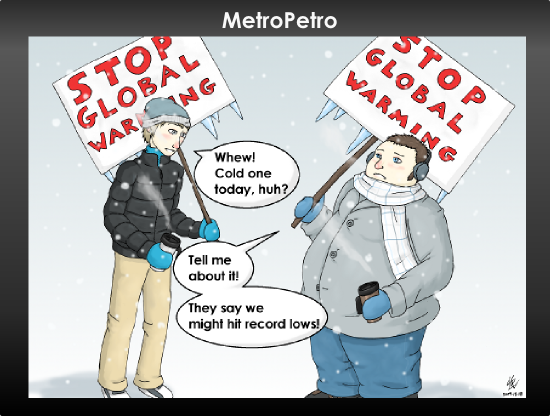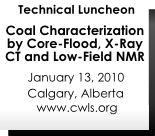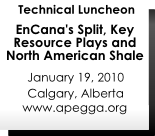| can't see the pictures? view it in your browser here. | ||||||||||||||||||||||||
|
||||||||||||||||||||||||
 Noncompliance notices. Fines. Enforcement ladders. Shut-in facilities and production. Abandonment notices. The pain and cost of regulatory noncompliance is on the rise. Every exploration and production company has received some uninvited attention from regulatory compliance departments. Many companies are asking the same question: How do you maintain compliance without distracting staff from adding value. How do you avoid penalties without spending a fortune putting out regulatory fires? Proven Reserves has regulatory engineering experts that help oil and gas companies plan for compliance in all their business activities. Proven helps our clients tweak business practices to proactively ensure compliance. In addition, we provide internal processes around resolving noncompliance when it occurs. We conduct process and property audits to identify compliance issues before the regulator does. Almost all oil and gas production and exploration companies have some non-compliance issues. In general, the larger the company, the more noncompliance notices they receive. Last September, the Edmonton Journal wrote, “At the top of the list is EnCana, followed closely by Canadian Natural Resources, Harvest Operations, Penn West Petroleum and Devon Canada. “The type of incidents examined are what the board calls high-risk noncompliance events. They include everything from a company allowing a hydrogen sulphide release, to failing to file the right paperwork. “The top 10 companies for ERCB high-risk non-compliance events between Jan. 2007 and March 2009 were: - EnCana: 46 - Canadian Natural Resources: 41 - Harvest Energy: 33 - Penn West Petroleum: 32 - Devon Canada: 31 - Apache Canada: 30 - Bonavista Petroleum: 30 - Husky Oil: 27 - EOG Resources: 26 - ConocoPhillips: 21” From this article it’s clear that the public perceives that companies with many noncompliance notices from regulators are less safe to live near. The cost of compliance assurance is mounting ever higher. Regulatory compliance fines for some companies can cost over $100,000 per year. But the largest cost to the Client is potential lost production if wells are shut in by the regulator. Another large cost is the lost opportunity while company engineers are putting out regulatory compliance fires instead of drilling, completing, tying-in and working over wells. Costs of regulatory compliance include designing compliance programs after compliance notices have been received. All together, these costs total millions of dollars in lost value per year per company. ~Granger J. Low |
|
|
 Oil and gas companies should be aware that offsetting operators are currently using vertical well drainage areas to get regulatory approval to drill significantly more horizontal wells. This could create significant drainage problems. Currently the ERCB is approving holding applications for horizontal wells using vertical well drainage areas. It is likely that this regulator will change this policy sometime in the next year. Until that time, there is a window that oil and gas companies may be able to get significantly higher well density approved. Proven has objection management processes that can help you object to such applications. To discuss objection management processes, please contact Don Ford at 218-7009. |


Brandon Low has worked in various capacities at Proven Reserves since 2000 and is currently the communications editor and administration supervisor. Brandon was born and raised in Calgary, but has also lived in the USA for several years to attend university, as well as Japan for a couple of years. Brandon studied Japanese and Communications at Brigham Young University, and though he works in communications, he enjoys keeping up with his Japanese as well. He has worked on Proven’s newsletter and marketing efforts since 2003. In his spare time, Brandon enjoys spending time with his wife, visiting new places, and creating and appreciating art in many forms. He also enjoys video gaming when he has the time. At work, Brandon wants to help increase Proven Reserves’ value for our clients, and help build bridges in the industry. He also hopes to one day become a waterpark connoisseur. Thanks me!
|
|
|
|








